Integrated Power Measurement Solution With Patented High-Performance AC/DC Current Transducer
29.03.2021
The Dewesoft SIRIUSi XHS-PWR delivers state-of-the-art integrated current and voltage sensing solutions to address the Automotive Test and Measurements market. Seamless integration with the DewesoftX software, XCP, or OPC/UA on PoE Gigabit Ethernet with PTPv2 Time Synchronization, includes high-end data acquisition of 15 MS/s @ 16-bits, 1 MS/s @ 24-bits, and lower alias-free sample rates.
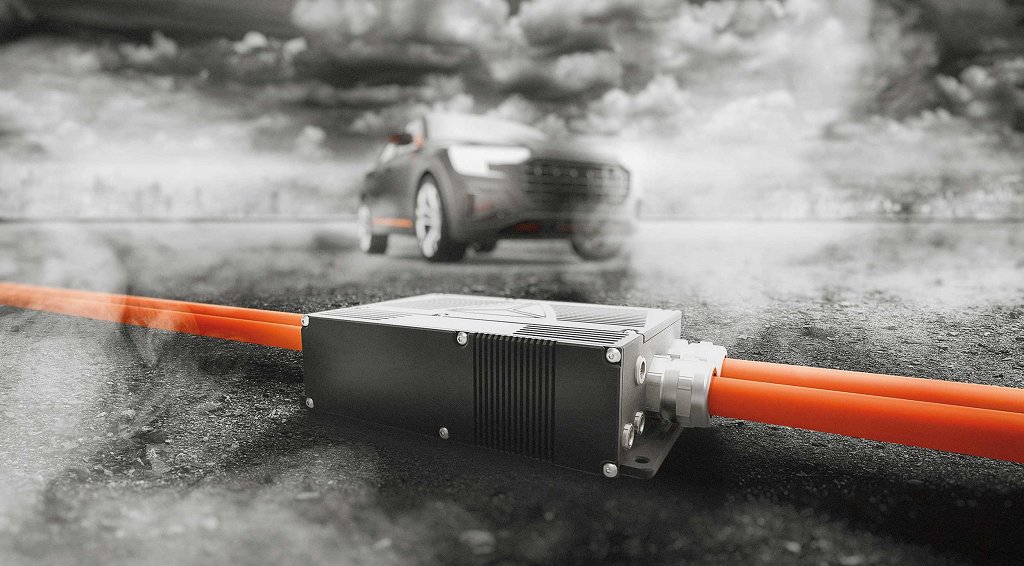
SIRIUSi XHS-PWR is also the first product to provide a 1000 A calibrated range with 2000 A peak current sensing up to 2000 V state-of-the-art isolated current sensing technology with a core diameter of 5 cm only. In this technical note, we provide more information on this new DC CT technology used in SIRIUSi XHS-PWR and future Dewesoft products featuring:
* over 500 kHz wide bandwidth,
* flatness <0.2 dB within 200 kHz,
* accuracy down to 0.01 %,
* low noise, and
* lower power operation than comparative technologies on the market.
Introduction
Vehicle electrification and autonomous driving vehicles are the major megatrends for driving innovation in the field of automotive vehicles for today and the future. This implies the implementation of intelligent management and smart distribution of in-vehicle electric power. Development of series production-ready high energy per volume batteries such as the solid-state batteries is being pushed by many OEM and Tier1 suppliers.
Precise measurement and prediction of energy consumption in the vehicle are needed for both development and vehicle operation. Development of efficient and EMC emission less electric components like e-motors, inverters, charger, power management, and on semiconductor level is in full swing. And the boundaries are not yet reached.
Outside the vehicle, intelligent Vehicle-to-Grid energy management, fast and high energy flow through a wire, or inductive charging solutions are yet to become commodities for the end-users. The technology to support these megatrends is not just on blueprints. Recent electric vehicle development showed a need for current sensors in accuracy class from 0.1 % to 0.01 % for accurate power measurements, with short-term peak currents up to 2000 A.
To meet this market demand Dewesoft has developed the SIRIUSi XHS-PWR high current and high voltage measurement device to support the development of today’s and tomorrow’s vehicle you will drive.
Throughout time different methods of measurement of the electrical current sensing technologies have been developed.
Current Shunts
A shunt appears as a simple solution however it has high power dissipation, it is non-isolated and frequency bandwidth limited due to relatively high self-inductance compared to micro-ohms.
Isolated methods - Open- and Closed-loop With Magnetic Cores
Isolated methods include (differential) open-loop core-less, and open-loop and closed-loop with one or more magnetic cores. Open-loop methods reach accuracies in the range of a few percent, are relatively susceptible to external magnetic fields, and are bandwidth limited. Closed-loop methods include a magnetic core operating with a null-method, and a flux sensor.
Hall and Fluxgate Sensors
Most known are Hall, magneto-resistance, and fluxgate sensors. In a simple design, all of them are inserted into a single core, while the later fluxgate exists in more sophisticated versions, such as dual-core and tri-core. Closed-loop methods minimize the non-linear effects of the magnetic materials and temperature dependency, and the multi-core flux-gate method further cancels the magnetic hysteresis, a major contributor to the DC offset, of the core.
Solutions typically provide direct AC paths by offering high bandwidth, typically limited by the magnetic material being used. Among these, solutions with a single core typically do not achieve overall accuracy better than 0.5%, and due to the gap introduced into the core, sensitivity, offset accuracy, and immunity to the external magnetic fields are reduced.
Multi-core flux-gate solutions on the other hand do not introduce any gap to the cores and are therefore the most accurate sensors known up to date, however construction is more sophisticated, overall they are bigger, heavier, costly, and operate at higher standby power.
The motive for developing a new current sensing technology was to use the best possible properties of a gap-less magnetic core and a single core construction as known to single-core closed loop transducers, to reduce size and weight, cost, and lower standby power to meet present and future market demands.
Thus the research was about to develop a new DC/AC flux sensor embedded into a magnetic core that does not alter the superb properties of high permeability magnetic materials. The new sensor is named Platise Flux Sensor, after the inventor's name, which is represented in the following sections, together with performances obtained with the SIRIUSi XHS-PWR product. With this sensor, compact high-current transducers fill the missing accuracy gap below 1% and down to 0.01% to address numerous industrial, test, and measurement applications in various markets.
Solution Overview
SIRIUSi XHS-PWR is a highly integrated device providing high-end data-acquisition and HybridADC with a maximum sample rate of 15 MS/s at 16-bits, and 1 MS/s at 24-bits with real-time decimation filters to provide an alias-free signal at lower sample rates.
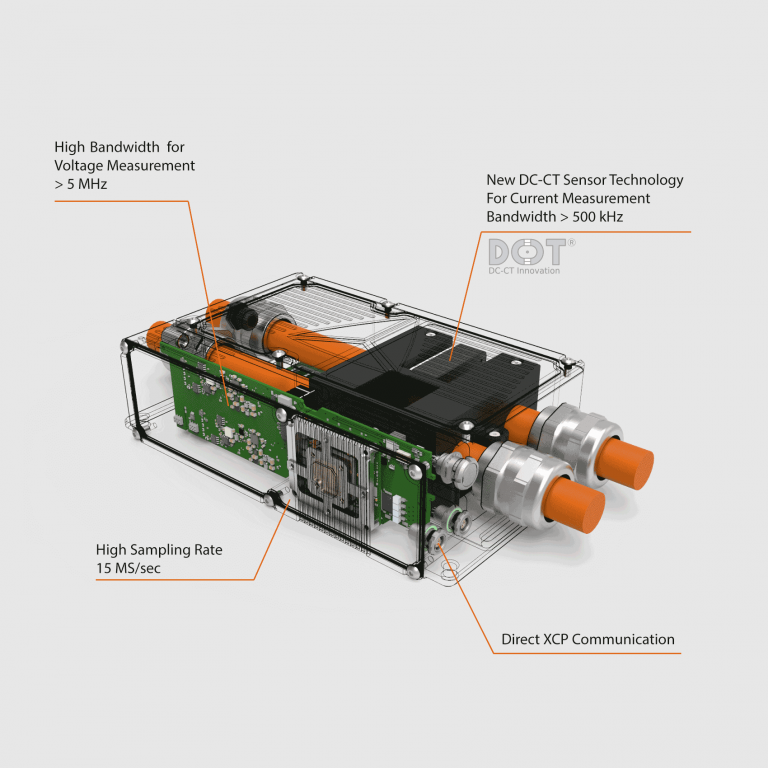
Models include single-phase and dual-line configurations. Differential high voltage sensing ranges up to 2000 V with 5 MHz @ -3 dB of flat bandwidth. Current sensing ranges include configurations from 250 A to 1000 A, and 2000 A peak current measurement.
The shielded DC CT transformer has an outer diameter of 50 mm only and provides excellent common-mode rejection of about 64 μA/V @ 100 kHz. The transformer itself defines the most important accuracy properties of a transducer, such as are hysteresis and thus maximum offset, which typical values are within +/-50 mA, and typical linearity of 50 ppm.
Transducer secondary current is sensed on a low-ohmic precision burden resistor by a programmable gain amplifier, driving the HybridADC analog-to-digital converter technology. Total DC-CT current sensing accuracy is thus a sum of errors from the DC-CT core, the amplifiers, a voltage reference, and the HybridADC.
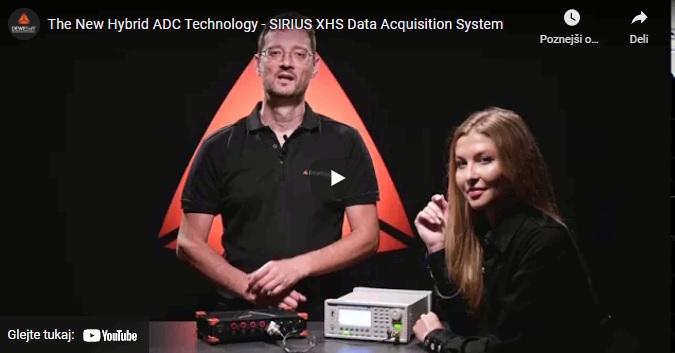 The Dewesoft's HybridADC technology introduction
The Dewesoft's HybridADC technology introduction
The following sections represent the principle of operation of the innovative and patented DC-CT technology. Flux measurement is obtained with an entirely new principle of operation, more analog to zero-drift switching operational amplifiers than existing magnetic flux sensors. The method is compared to the four widely known fluxgate topologies.
The DC-CT Technology
The core of the DC-CT technology represents a single high-permeability core and a zero-flux closed-loop null method measurement principle with the innovative Platise Flux Sensor (PFS) zero-flux sensor. PFS brings the following key features:
* single gap-less high-permeability core design,
* compact implementation of very high current sensors,
* excellent immunity to external magnetic fields due to compact gap-less design,
* wide and flat bandwidth due to good coupling between primary and secondary side,
* high sensitivity at low power consumption,
* very low offset due to compact implementation and gap-less design, and
* good temperature stability, a property of PFS.
The DC-CT transducer can be seen as an AC current transformer (CT), where primary and secondary (also named compensation) windings couple the transformer for AC signals, down to a few Hz. Just as with other closed-loop technologies, the PFS continuously measures residual magnetic flux in the core resulting from the difference between the primary and secondary (compensation) currents.
The output from the PFS is proportional to the magnetic flux in the core. It drives feedback control circuitry to adjust the compensation current to restore the optimal zero-flux balance in the core. Therefore the compensation current (perfectly) mirrors the primary current, scaled for the number of primary vs. secondary turns.
The Platise Flux Sensor
The conceptual design of the Platiše flux sensor is based on a magnetic core (B) through which center a wire of which current is to be measured, also named primary current Ip (A), typically one turn. The secondary compensation winding (C) Lcomp contains a greater number of turns and is distributed around the majority of the magnetic core.
Magnetic material then introduces additional openings, to form a Platise Flux Sensor (PFS) with a simplified diagram shown in Figure 1. The PFS is composed of a current-controlled variable reluctance (CCVR) and the Ls winding (D) on the left side of the opening, and flux measuring winding Lm (E) on the right side of the opening.
 Figure 1: Schematic diagram of Platiše DC-CT sensor
Figure 1: Schematic diagram of Platiše DC-CT sensor
The difference between primary and secondary currents creates a residual or non-compensated flux in the core, and without the presence of the current in the Ls winding, the CCVR portion redistributes quasi equally among the paths (D) and (E).
However, stimulating the Ls winding (D) with electric current lowers the permeability and thus increases the resistance of path (D). It acts as a kind of a magnetic switch which with the presence of current quasi opens; and then the flux which was before distributed quasi equally among the (D) and (E) is forced to flow through (E) mainly. In the PFS measurement cycle, the Ls winding is continuously switching and chops the residual non-compensated magnetic flux, and continuously redistributes the flux between (D, E) paths and (E) only.
To simplify let us say that in the first step each path sees ½ of the flux, and in the second step the entire flux flows through the (E) only, and none through the (D). Therefore such a huge flux change dΦ/dt through the (E) path is easily captured by the Lm winding. Rectified (demodulated) output magnitude is directly proportional to the magnitude of the residual magnetic flux, and its phase to the sign of the flux.
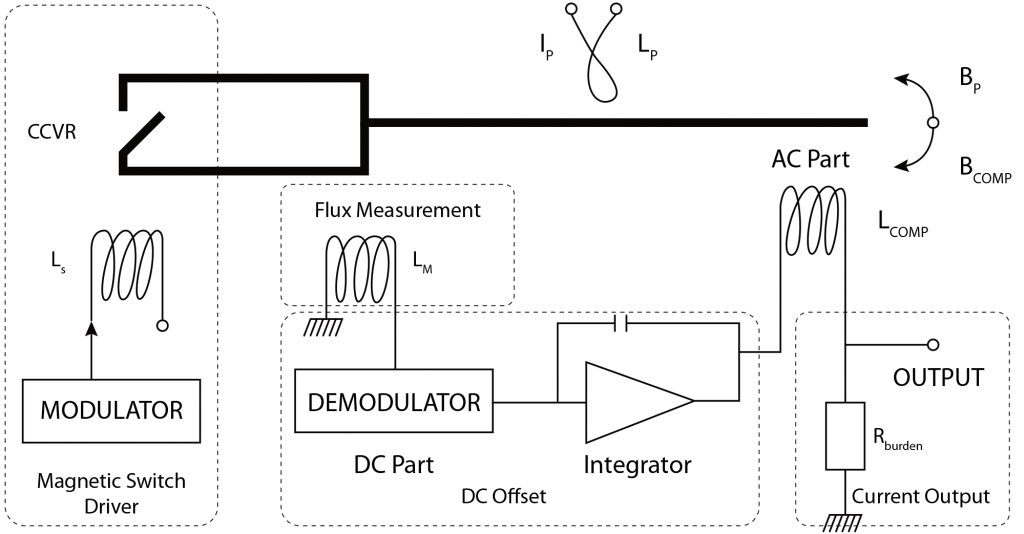 Figure2: Schematic diagram of DC-CT sensor
Figure2: Schematic diagram of DC-CT sensor
The continuous switching of the Ls winding as described above makes the PFS a sampling sensor, which samples the magnitude of the flux with each switching cycle, with the theoretical maximum bandwidth half of the switching frequency.
The typical switching frequency is above 200 kHz, much higher than the required bandwidth of the DC/AC regulation loop. Demodulator captures both transitions, when Ls current activates as well as when it releases, which are of contrary signs. Therefore a resonance could only occur if the primary current is locked-in with the PFS frequency so that it stimulates flux of exactly the same frequency.
However, the presence of the compensation winding, compensates the vast majority of the flux, reducing this effect. Approaching the resonance point in practice results in slightly distorted flatness and reduced maximum peak primary current. So PFS demodulates a DC flux inside the core to a constant output voltage, and an AC flux is correctly demodulated to the half of a sampling frequency of the PFS. This information drives the feedback regulation loop which adjusts the compensation current in Lcomp to mirror and null the flux caused by the primary current Ip. In perfect balanced condition, magnetic flux is zero and Lm detects zero amplitude.
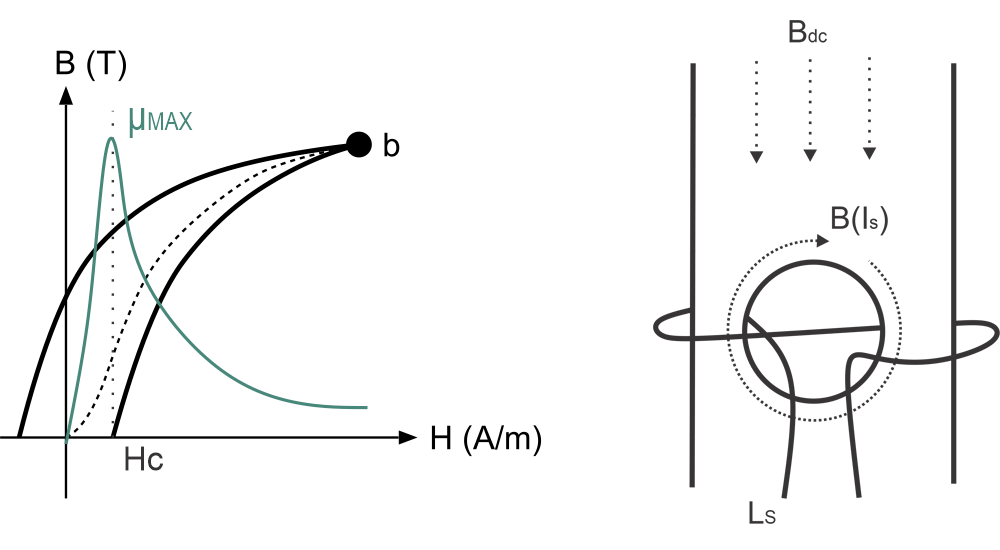 Figure 3: CCVR element and permeability drop due to H(Ls) Ref: Article [4]
Figure 3: CCVR element and permeability drop due to H(Ls) Ref: Article [4]
One of the most interesting parts of the innovation was the creation of the Current Controlled Variable Reluctance, the CCVR element. Path (D) features another opening with an Ls winding wound as an “infinity” form as shown in Figure 3. The current flow through the Ls creates a closed-loop field inside the magnetic material in opposite directions virtually affecting the permeability of the material.
Asymmetrical CCVR structure leaks insignificant amount of magnetic field to the remaining core structure and thus produces very low output noise (ripple) below -110 dB via compensation winding Lcomp, as well it injects insignificant amount of noise to the primary below 100 nV within 50 kHz bandwidth. Presently most of the injected noise to the primary comes from the regulation loop around 22 μVrms which is subject to further improvements. In the same way, flux stimulated by the primary or compensation windings produces little effect on the Ls winding. An external magnetic field or primary current cannot create such a closed-loop field that would virtually emulate the CCVR and resonate with this CCVR.
Comparison of the PFS with the Flux-Gate Sensors
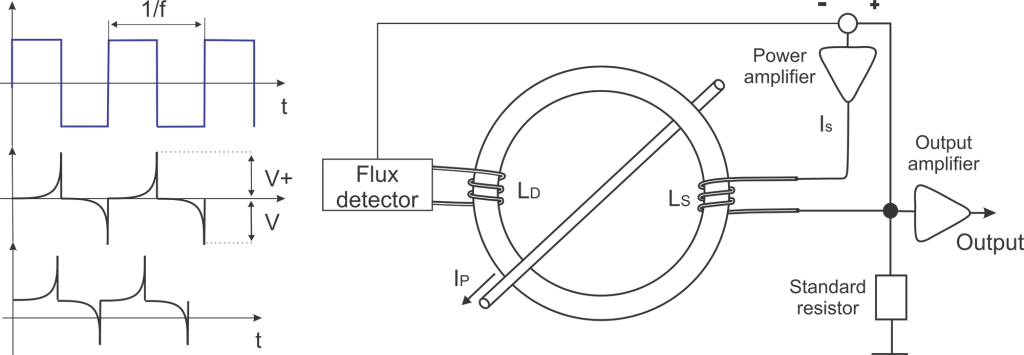 Figure 4: Basic principle of the fluxgate sensor
Figure 4: Basic principle of the fluxgate sensor
The basic principle of the fluxgate sensor is shown in Figure 4. A core through which a primary current is stimulated with an additional winding and a square wave voltage generator. Due to the typical saturating B-H characteristics of the core, permeability is decreasing when reaching maximum or minimum points, at which point the inductance of the stimulus winding suddenly drops to a minimum. When the primary current is non-zero such signal is shifted, and hence distorted and asymmetrical.
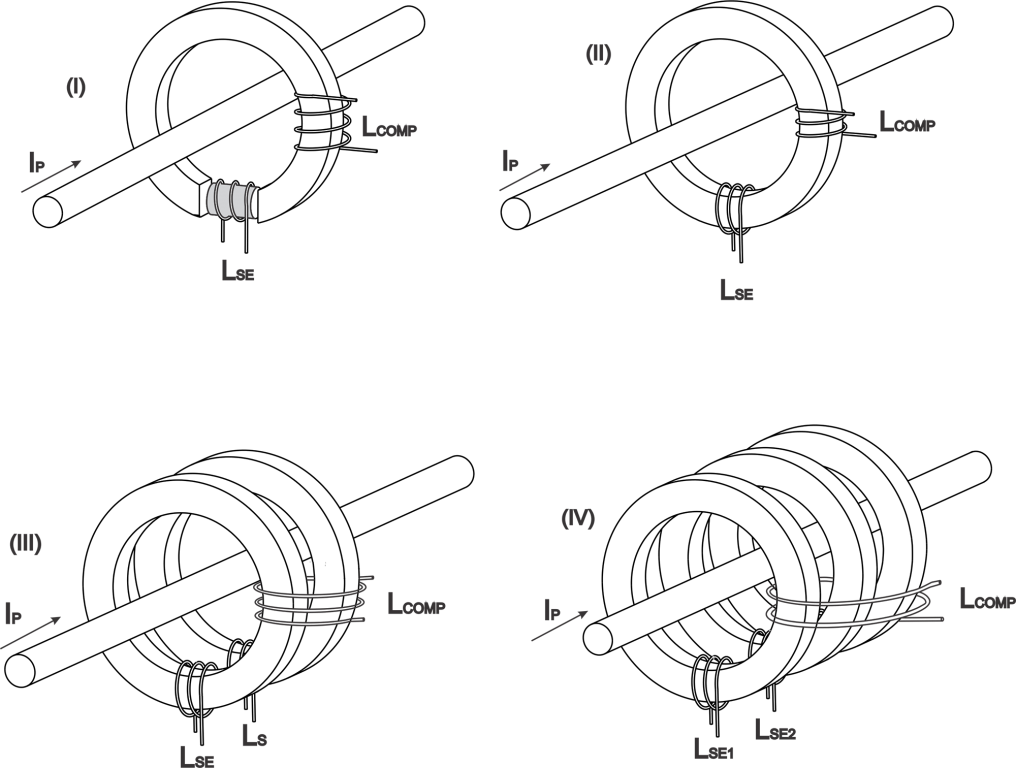 Figure 5: Topologies of the magnetic cores operating in closed-loop configuration with fluxgate
Figure 5: Topologies of the magnetic cores operating in closed-loop configuration with fluxgate
Fluxgate sensors are typically used in closed-loop configurations even-though for a limited current range work well even without compensation winding. The most common topologies of the magnetic cores operating in closed-loop configuration with fluxgate sensors are shown in Figure 5, according to the LEM terminology follows as:
* The standard version, where a flux-gate as an inductor is inserted into a cut core, typically of different magnetic properties, where LSE is used to magnetize and saturate the limited portion of the core to identify zero-flux balance. Sensors of this type are low-cost, reach maximum accuracies of about 0.5%, are rather noisy but the lowest power in the group of flux-gate transducers. Both technologies sample flux at frequencies above 200 kHz.
* The very basic configuration consists of a secondary compensation coil sweeping the entire core through the whole B-H cycle, and thus resets any core remanence that could have remained in the core due to external stimulation, as well as hysteresis caused by its own operation. This type of sensor can be DC very accurate however AC bandwidth is typically limited within or below kHz, up to half of the sampling frequency of continuous current sweeping. Such sensors inject a significant amount of noise to the primary side and consume more continuous (standby) power for operation.
* To overcome the noise injection of the (II) this principle uses two cores, each of them sweeping in the opposite direction. However, AC bandwidth remains still limited due to low sampling frequency.
* The 3-core version advances the (III) with an additional core providing a direct AC path to the output. This version is also the best known flux-gate topology on the market, with the lowest DC offset, and high AC bandwidth. Due to multiple cores transducers of this type are heavier, and also costly. This version may have an additional winding to extend the frequency range of the transducer.
The key difference between the operation of the fluxgate vs. PFS is that in a fluxgate sensor, a portion of the core (i.e. topology I), or an entire core (II .. IV) is magnetized to reach the minimum and maximum saturation points; and by monitoring the asymmetric distortion due to the DC shift, then the amount of uncompensated primary current is extracted. Each cycle requires a significant amount of energy and noise is injected into the primary and secondary windings.
In the DC-CT PFS, this same DC flux is rather distributed among two paths (D) and (E) by altering the permeability of the path (D) with the CCVR. Due to this the flux magnitude in (E) changes which are easily measurable with a simple measuring winding Lm. This operation of PFS is very similar to the zero-drift switching operational amplifiers (OP AMPS), where CCVR acts as “magnetic transistors” converting the DC flux to an AC signal of the carrier frequency of the CCVR. The output from the PFS sensor is demodulated, with the same frequency carrier, and low-pass filtered to drive the feedback circuitry.
Comparing these topologies with the DC-CT technology:
* DC-CT is also a single core technology where the fluxgate sensor is replaced with the PFS. PFS in turn does not need to cut the core and does not introduce air-gap but is embedded into the existing magnetic core, preserving the highest permeability of the core. The highest permeability in turn lowers the hysteresis and offset compared to fluxgate transducers, and provides the highest possible immunity to external magnetic fields, less than 80 mA @ 5 mT in any direction DC and AC. In addition, fluxgate is way noisier than the PFS which operates below -110 dB. Power-wise both principles require a similar amount of power to run the sensor and compensation windings.
* Represents the original fluxgate with the key feature that it cancels the hysteresis of the core in each current sweep cycle; however, it is very noisy, bandwidth-limited, and requires more power for operation than DC-CT. DC-CT technology relies on very high permeability materials with a very low coercivity Hc and thus hysteresis offset. DC-CT in addition may provide a degauss cycle to reset hysteresis down to mA.
* Similar to (II) this topology reduces the noise to the primary, however it requires even more energy for sweeping the current through the entire B-H cycle in two cores. This topology also increases in size. The only advantage over the DC-CT is the slightly lower DC (hysteresis) offset.
* The only flux-gate meeting the AC performance of the DC-CT technology and with the advantage of the lowest possible offset current, as seen in the (III) topology. However products of this type are heavier, costly, and consume more power, i.e. 3.5 W of idle power vs. 0.5 W in DC-CT, and up to 30 W at 1000 A vs. 5 W for DC-CT. DC-CT technology achieves very high bandwidth with a single compensation winding, while three-core solutions often require an additional fourth winding to extend AC bandwidth. Both technologies are temperature stable. PFS analog front-end circuitry compensates all possible offsets that would arise at the demodulation of the signal, and the only offset that remains is the hysteresis offset of the core.
DC and Wide Bandwidth AC Operation
In the closed-loop technologies, as are the DC-CT and the fluxgate topology I, use the compensation winding Lcomp as an AC pass-through, it means, any change on the primary side is automatic, by the nature of the AC transformer, reflected on the secondary side and scaled down for the number of turns.
The current output of the AC transformer is then measured on a burden resistor. In the DC/AC transformer, there is one important difference: typically one connection of the compensation wire Lcomp is driven by the amplifier and the other one represents the output.
Because the presence of a DC component cannot be seen by the secondary Lcomp winding as well as very low AC frequencies, flux sensing technologies are required, either DC-CT PFS, fluxgate, Hall, and others; all of them provide the necessary feedback signal to drive the amplifier to trim the DC current through the Lcomp winding, in order to reach the zero flux level in the core.
Therefore the AC flatness of such transducers depends on:
* magnetic performances of the core,
* winding technology, which introduces parasitic capacitances and inductances, create unwanted resonances and distort flatness, and
* sensitivity, linearity, and bandwidth of the zero-flux sensing technology, and regulation loop of the DC/AC flux sensor.
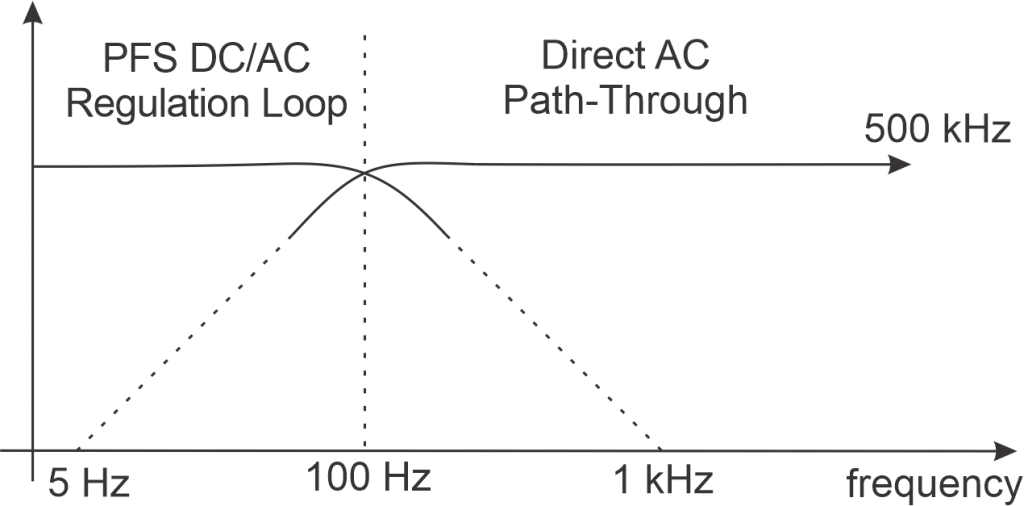 Figure 6: AC/DC measurement characteristic
Figure 6: AC/DC measurement characteristic
For good flatness and stable operation, it is desired that pure AC performance of the core goes as low as possible. The DC-CT technology reduces this high-pass filter cut-off frequency to the minimum possible due to the single gapless compact core construction.
The design preserves high-permeability properties of the core and compact implementation delivers a very high inductance value of the Lcomp winding. In addition, PFS raw sensitivity is >20 mV/A which together with a very low cut-off frequency of the Lcomp guarantees a stable regulation loop and flatness over a wide bandwidth. Flatness degradation and maximum current duration occur at the point of CCVR operation, around 220 kHz in SIRIUSi XHS-PWR Products, which frequency may be pushed even higher.
Brief Comparison of Different Current Measurement Technologies
The table below summarizes the key features across different technologies:
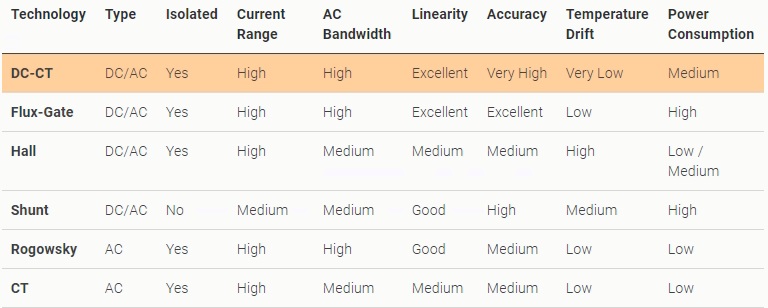
TECHNOLOGY PAPER
Uros Platise, Marcel Achim, Eva Kalšek
References
[1] Isolated current and voltage transducers - 3rd edition of LEM.
[2] Brochure for LEM Current Transducer IN 2000-SB/SP1
[3] Brochure for LEM AUTOMOTIVE Current transducer FluxGate technology
[4] High Precision Wide Bandwidth DC Current Transducer Based on the Platiše Flux Sensor Sensors | Free Full-Text | High Precision Wide Bandwidth DC Current Transducer Based on the Platiše Flux Sensor | HTML (mdpi.com)
Source: dewesoft.com




































